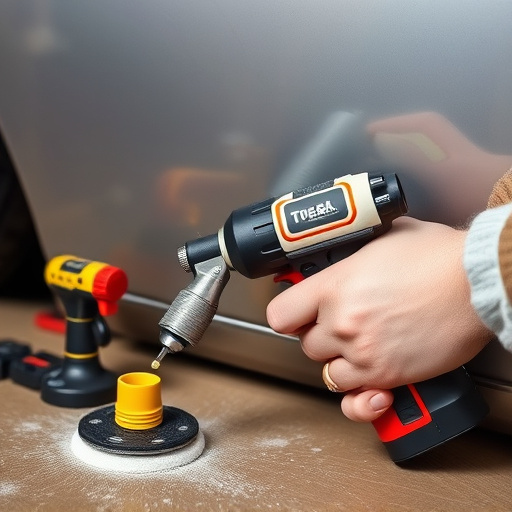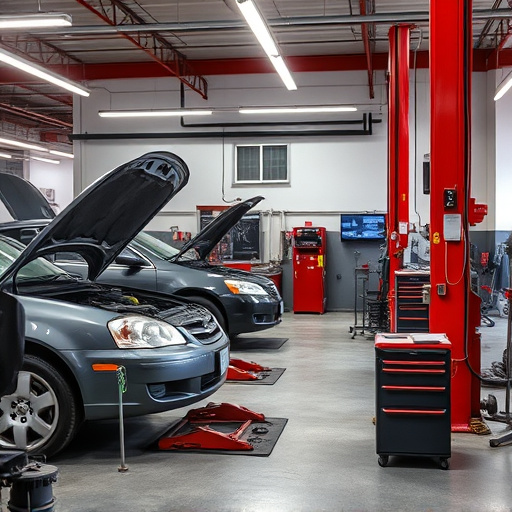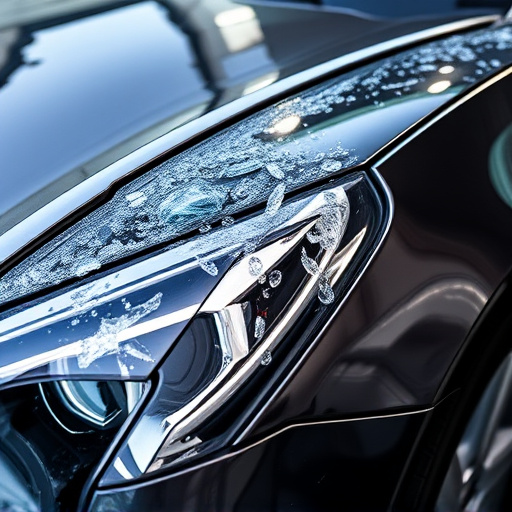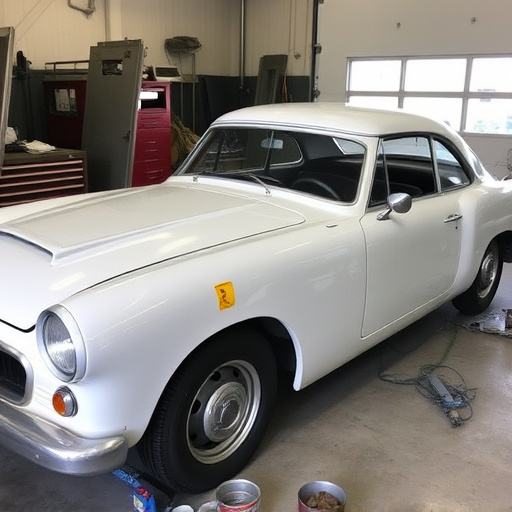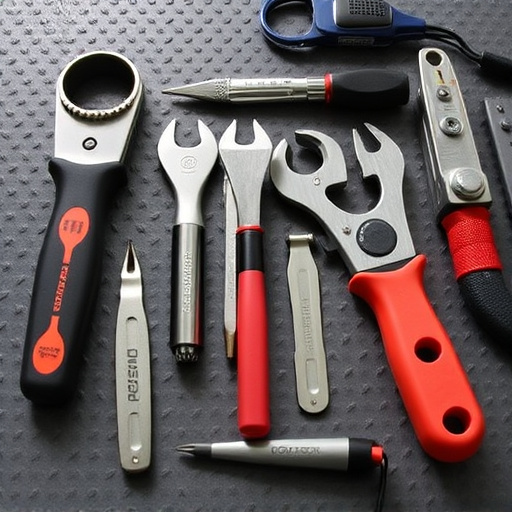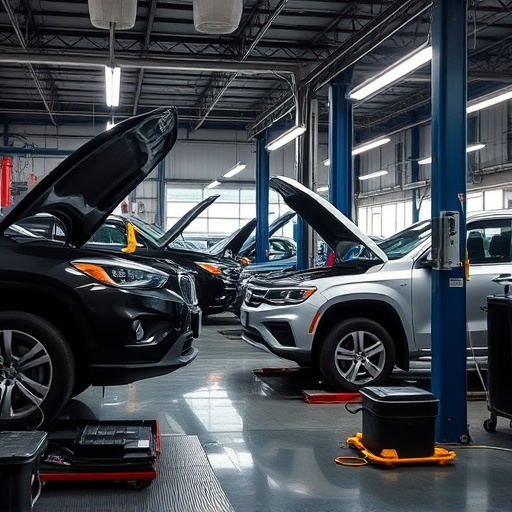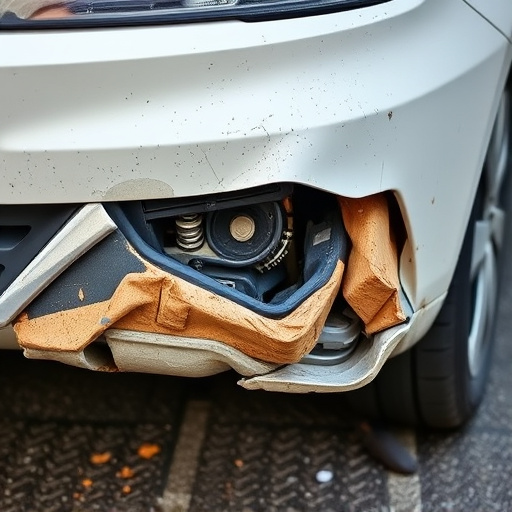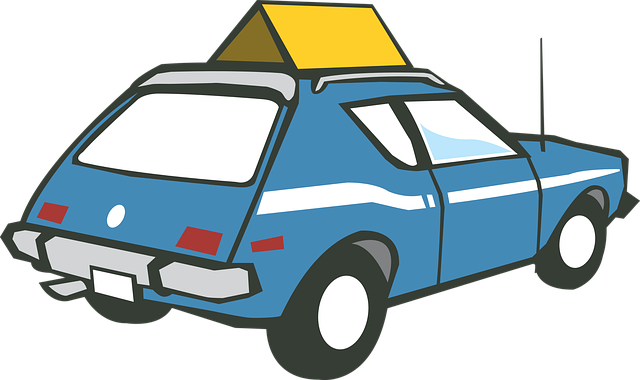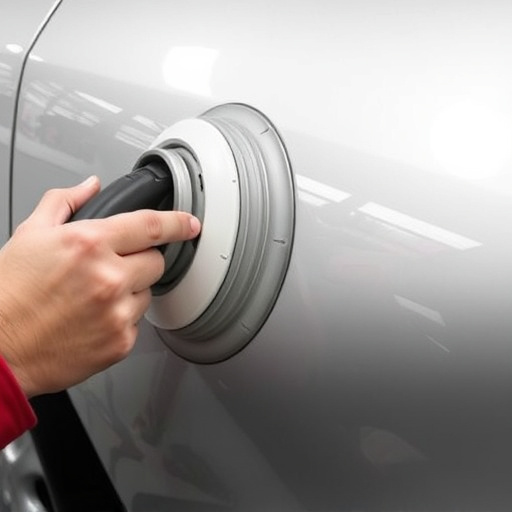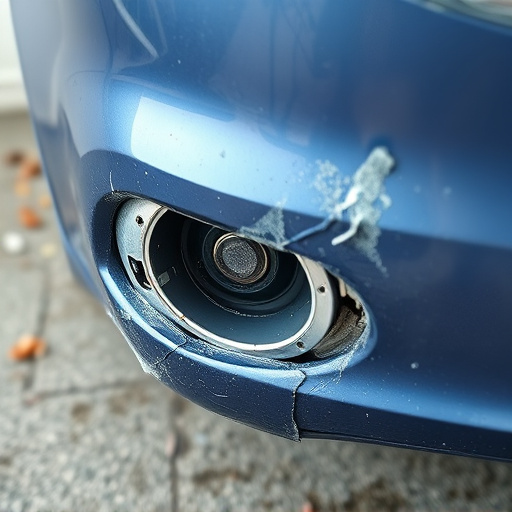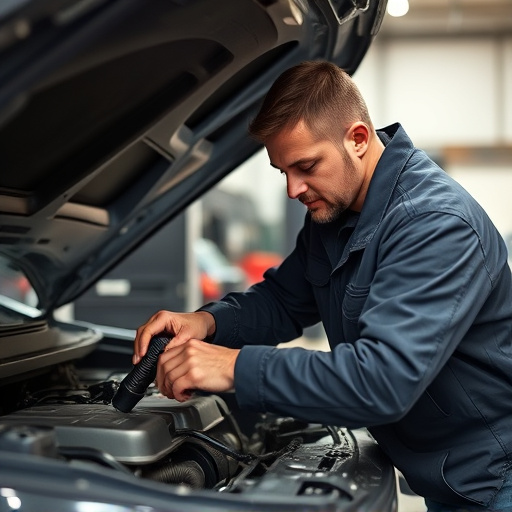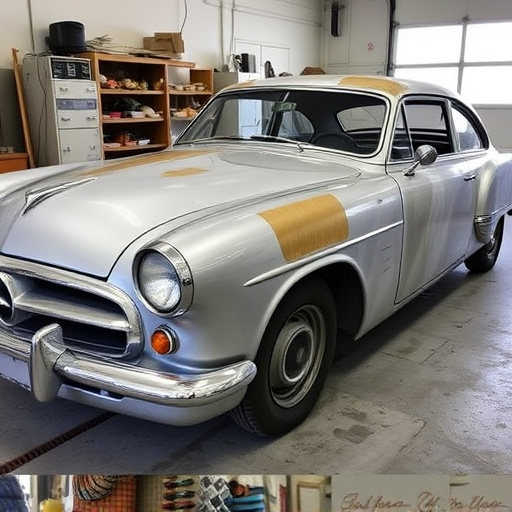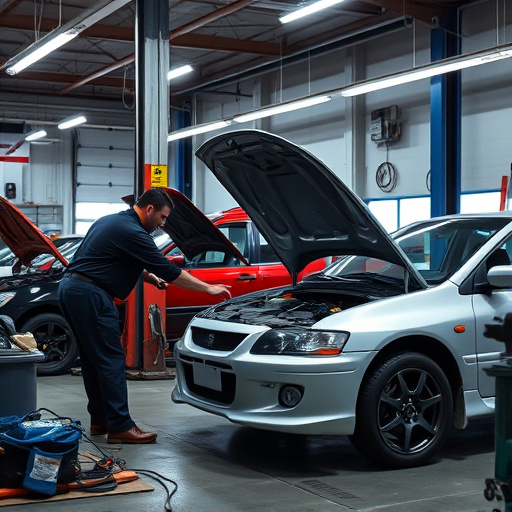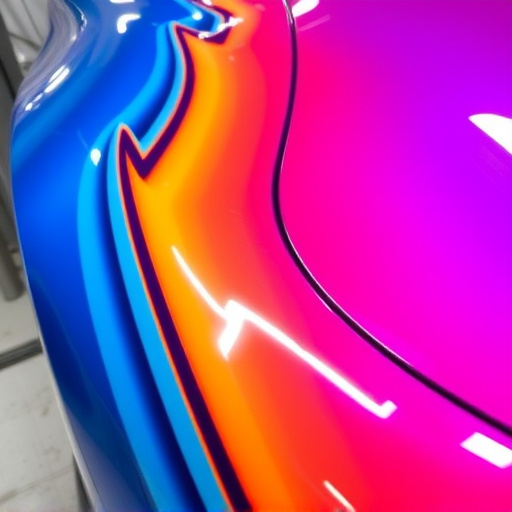Primer surfacer, a versatile coating, is vital in automotive corrosion protection and dent repair. Its application involves cleaning, masking, and evening the surface for optimal coverage, creating a barrier against moisture and rust. Key in collision repairs, it fills imperfections, enhances paint adhesion, ensuring vehicles return to pre-accident condition with durable finishes. Effective primer surfacer application is crucial for long-lasting, visually appealing auto repairs.
In the quest for robust corrosion protection, understanding the pivotal role of a primer surfacer is paramount. This article serves as your comprehensive guide, delving into the essence of primer surfacer application and its indispensable function in shielding surfaces from corrosive elements.
From grasping the chemical makeup to mastering the step-by-step application process, we’ll equip you with knowledge to ensure optimal protection. Discover the myriad benefits this technique offers, making it a game-changer in prolonging the lifespan of various materials across diverse industries.
- Understanding Primer Surfacer and Its Function
- The Application Process: Step-by-Step Guide
- Benefits and Advantages in Corrosion Prevention
Understanding Primer Surfacer and Its Function

Primer surfacer is a specialized coating designed for various surfaces, commonly used in the automotive industry for corrosion protection and preparation. Its primary function is to create a smooth, protective layer over raw or damaged metal surfaces. By applying this primer, the surface is sealed, preventing moisture and corrosive elements from penetrating and causing further damage, especially in auto glass repair and dent repair scenarios.
In the context of vehicle dent repair, primer surfacer plays a crucial role in restoring vehicles to their pre-damage condition. It helps fill minor imperfections and provides an even base for subsequent coats of paint, ensuring long-lasting results. This two-part solution, consisting of a primer and a topcoat, is not just limited to auto glass repair; it’s a versatile tool for preparing various surfaces, including metal, plastic, and composite materials found in modern vehicles.
The Application Process: Step-by-Step Guide
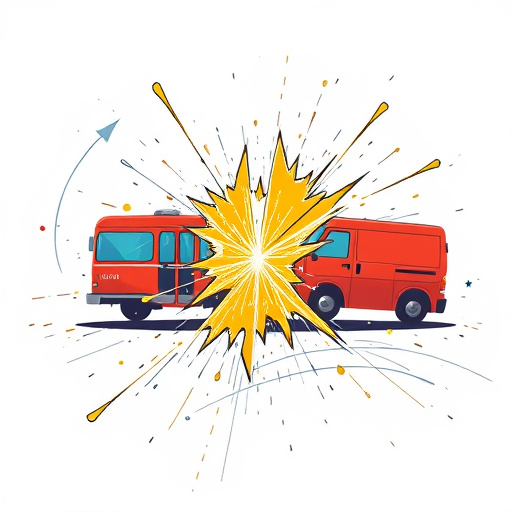
The primer surfacer application process involves several precise steps to ensure optimal corrosion protection. It begins with thoroughly cleaning the surface of any grease, dirt, or loose debris using a suitable degreaser and abrasive media. After ensuring a clean and dry surface, the area is masked off to protect adjacent surfaces from overspray. Next, the primer surfacer is mixed according to the manufacturer’s instructions before being applied evenly across the prepared metal surface using a spray gun or roller. This step requires careful control of the coating’s thickness to avoid buildup or thin spots.
Once the primer surfacer has dried as per the product guidelines, the masking can be removed, and any touch-ups made. This initial application creates a protective barrier that seals the metal, preventing moisture penetration, and thus inhibiting corrosion. In automotive repair, especially at auto collision centers, this process is crucial for restoring vehicles to their pre-damage condition while safeguarding against future rust or corrosion issues in the painted finish, typically achieved through an meticulous auto painting procedure.
Benefits and Advantages in Corrosion Prevention

The application of a primer surfacer acts as a powerful tool in the arsenal against corrosion, offering multiple benefits for various industries, notably automotive and collision repair. This protective layer is designed to seal and prepare surfaces, creating a barrier between metal components and corrosive elements present in the environment. By filling in imperfections and irregularities on the surface, it provides an even base for subsequent coatings, enhancing the overall durability of finishes.
In vehicle collision repair, where dent repairs and auto painting are common practices, primer surfacer application is essential. It ensures that damaged panels receive optimal protection against rust formation, a significant advantage when restoring vehicles to their pre-accident condition. The process not only prevents corrosion but also improves the adhesion of paint, resulting in a more long-lasting and aesthetically pleasing finish. This dual benefit makes it an indispensable step in any comprehensive auto repair strategy.
Primer surfacer application is a vital step in corrosion protection, offering multiple benefits that enhance the lifespan of metallic surfaces. By understanding its function and following the detailed application process, professionals can ensure effective protection against rust and corrosion. The advantages are clear: improved durability, enhanced paint adhesion, and an aesthetically pleasing finish. Incorporating primer surfacer into your maintenance routine is a game-changer for preserving structures and assets in various industries.
